23 pages • 46 minutes read
Ernest HemingwayTen Indians
Fiction | Short Story | Adult | Published in 1927A modern alternative to SparkNotes and CliffsNotes, SuperSummary offers high-quality Study Guides with detailed chapter summaries and analysis of major themes, characters, and more.
Story Analysis
Analysis: “Ten Indians”
“Ten Indians” is part of the Nick Adams chronology, a set of short stories that traces Nick’s development from childhood through manhood. It was published third, after “Indian Camp” and “The Doctor and the Doctor’s Wife,” and while it shares traits with those first two stories (including anti-Indigenous bias from its white characters), “Ten Indians” differs in its portrayal of Indigenous people. In the first two, they are active—in “Indian Camp,” Indigenous men row Nick and his family’s canoe, and Nick’s father performs a cesarean section on an Indigenous woman; in “The Doctor and the Doctor’s Wife,” Indigenous men chop logs, and Nick’s father gets into an argument with Dick Boulton, an Indigenous man who is bigger and stronger than he is. By contrast, the Indigenous people in “Ten Indians” are either immobilized or they exist in rumor or memory—the ones the Garners encounter are passed out, and people like Prudence Mitchell and Billy Tableshaw are only talked about.
Related Titles
By Ernest Hemingway
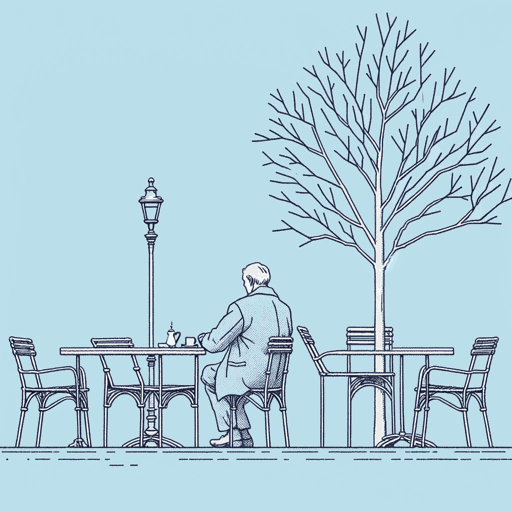
A Clean, Well-Lighted Place
Ernest Hemingway

Across the River and into the Trees
Ernest Hemingway

A Day's Wait
Ernest Hemingway

A Farewell to Arms
Ernest Hemingway

A Moveable Feast
Ernest Hemingway

A Very Short Story
Ernest Hemingway
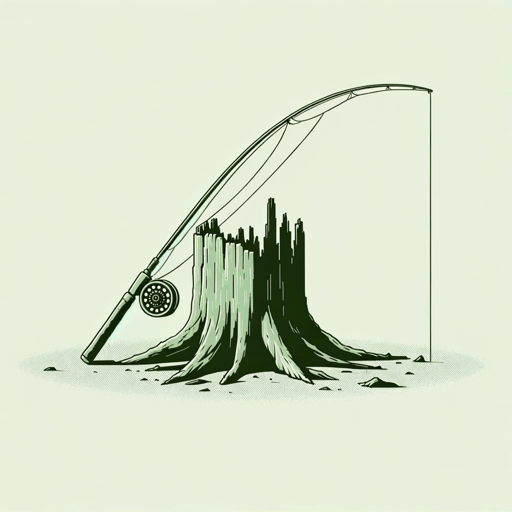
Big Two-Hearted River
Ernest Hemingway
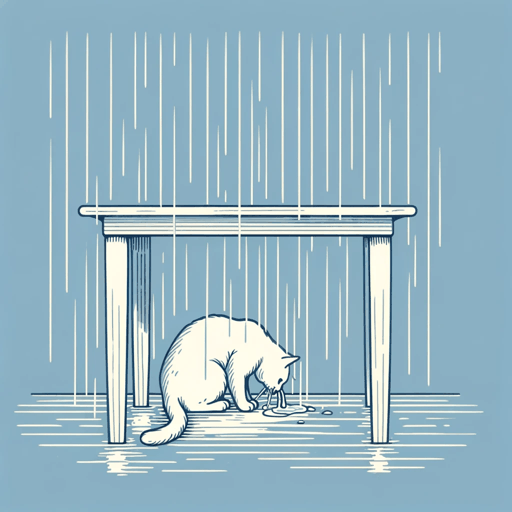
Cat in the Rain
Ernest Hemingway

For Whom the Bell Tolls
Ernest Hemingway

Green Hills of Africa
Ernest Hemingway

Hills Like White Elephants
Ernest Hemingway
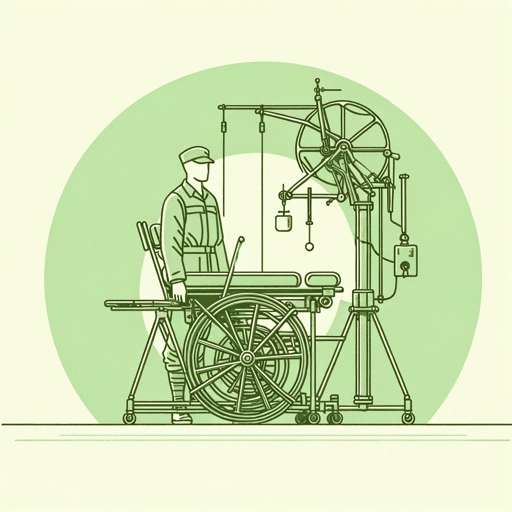
In Another Country
Ernest Hemingway

Indian Camp
Ernest Hemingway

In Our Time
Ernest Hemingway
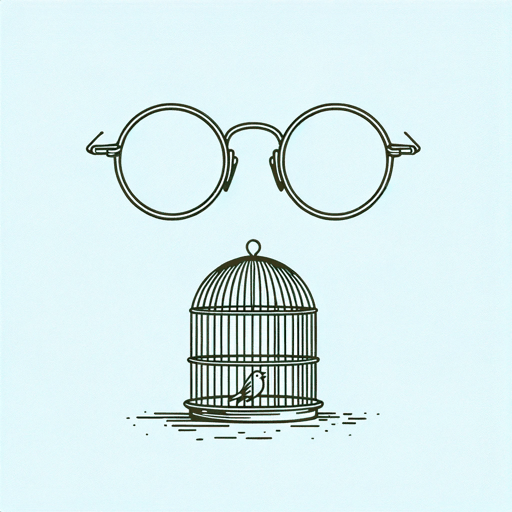
Old Man at the Bridge
Ernest Hemingway
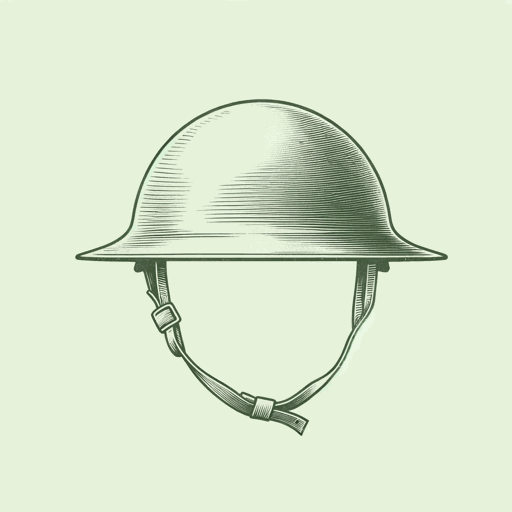
Soldier's Home
Ernest Hemingway

Solider's Home
Ernest Hemingway
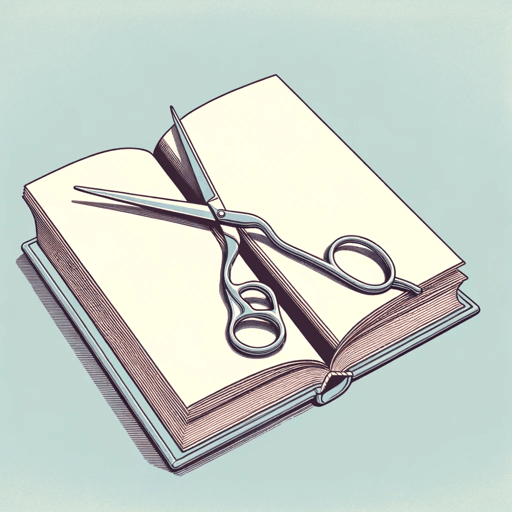
The Garden of Eden
Ernest Hemingway

The Killers
Ernest Hemingway

The Nick Adams Stories
Ernest Hemingway

